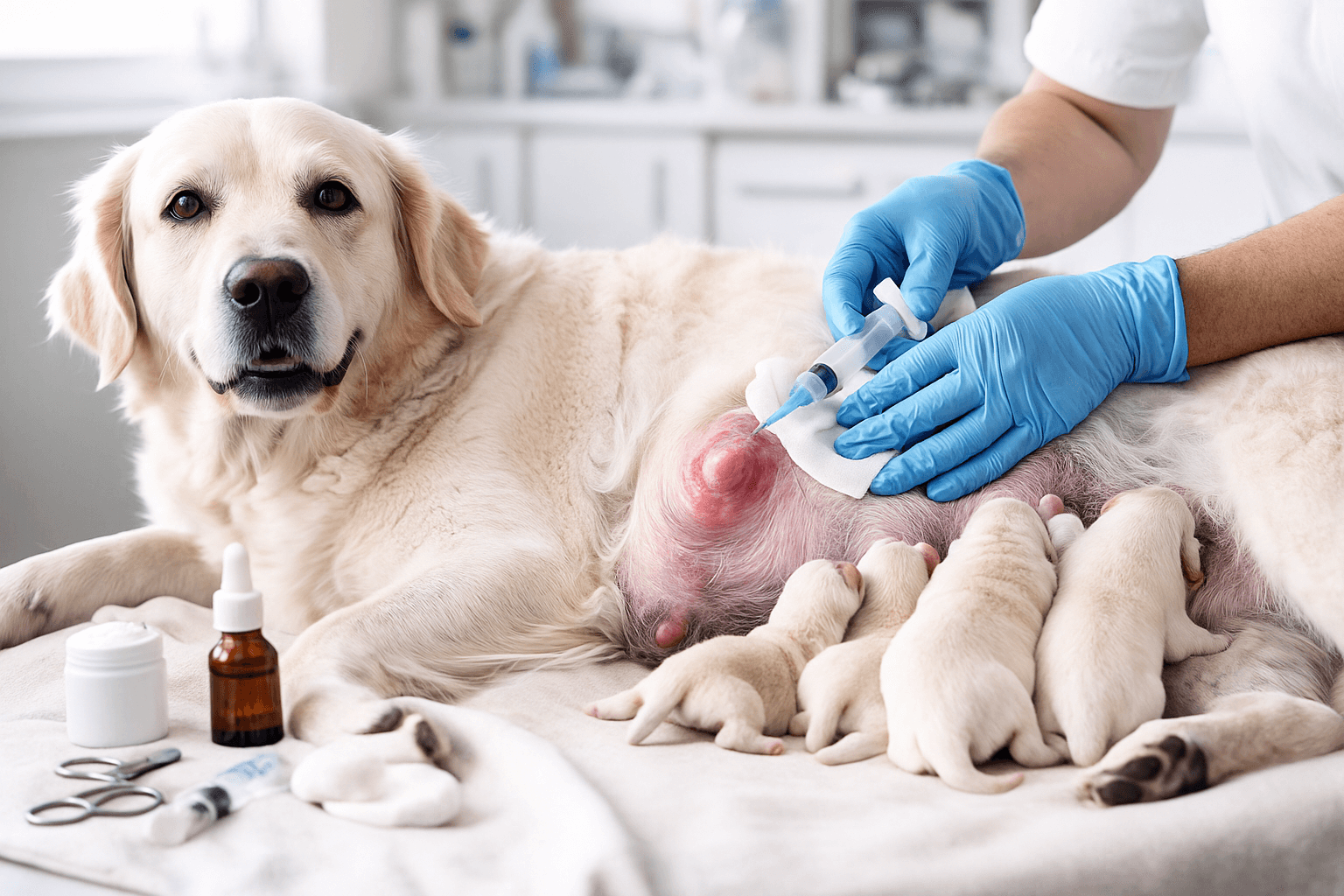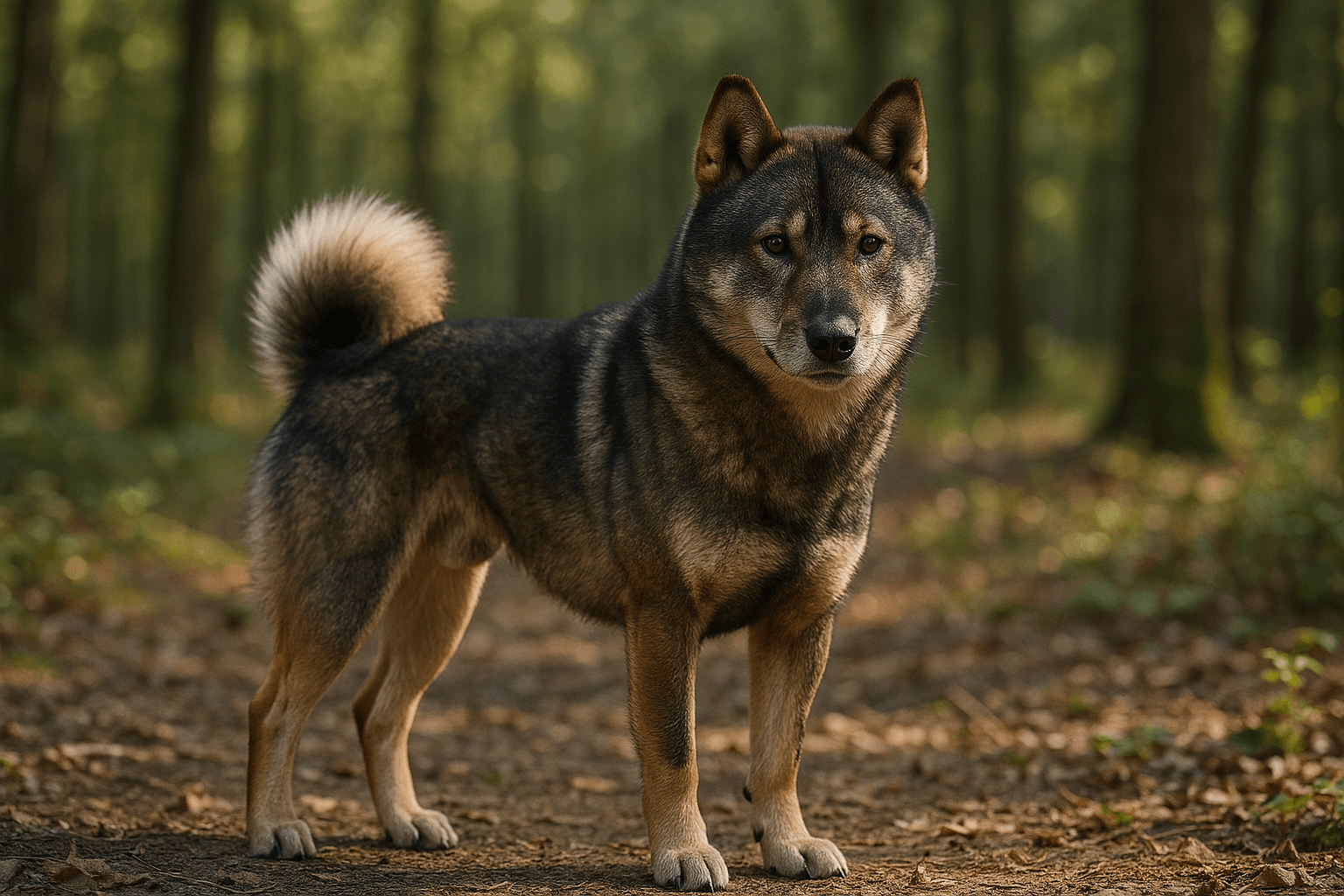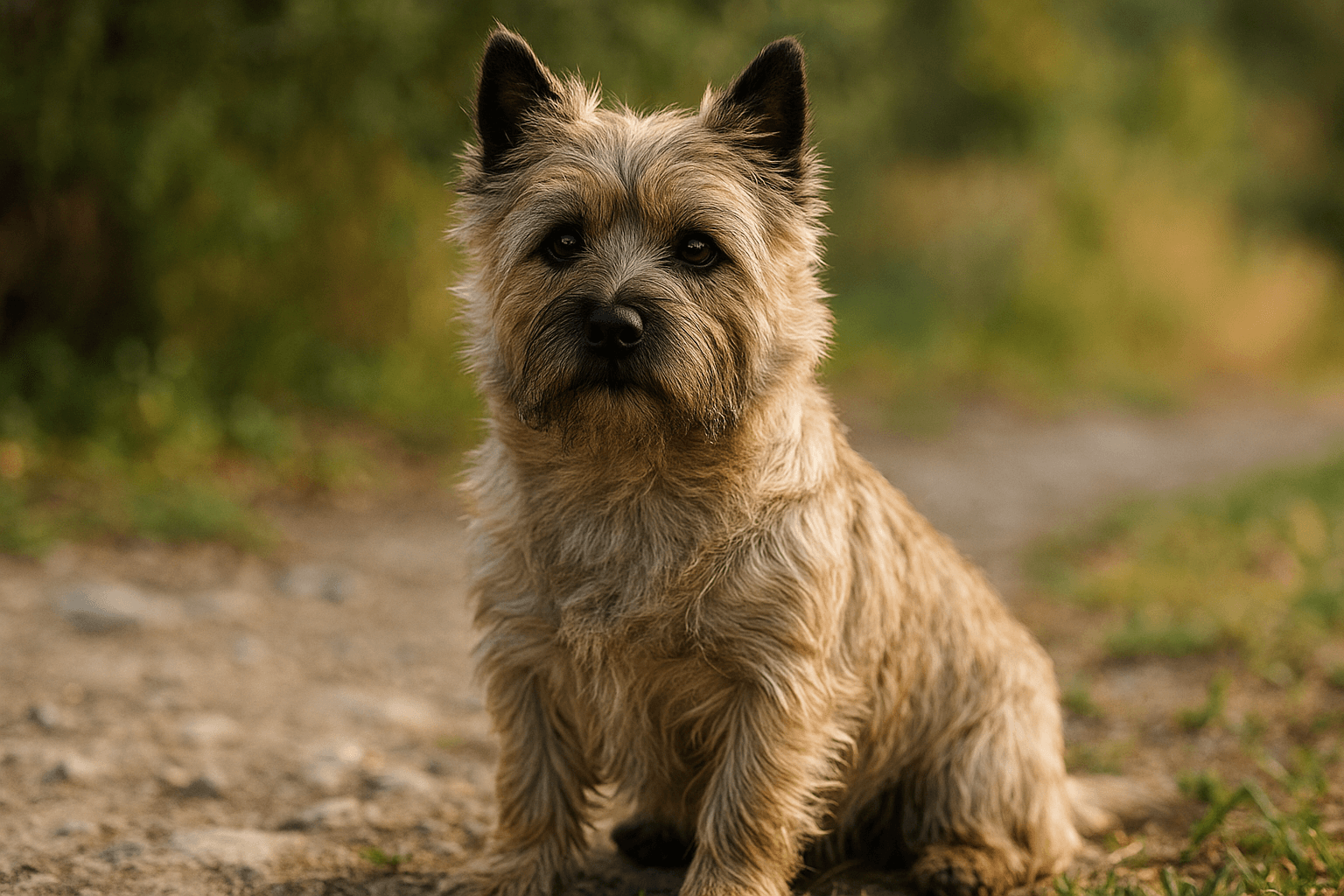Can Dogs Eat Celery? A Guide to Safe and Healthy Treats for Your Pup
If you’ve ever found yourself snacking on celery and wondered, “Can dogs eat celery?”—you’re not alone. Many pet owners are curious about which human foods are safe to share with their furry friends. Celery, with its crunchy texture and low-calorie count, might seem like a healthy option for your dog. But is it truly safe? In this blog post, we’ll explore the benefits and risks of feeding celery to your dog, how to prepare it properly, and what to watch out for. By the end, you’ll have all the information you need to decide whether celery deserves a spot in your pup’s diet.
Health Benefits of Celery for Dogs
While dogs don’t require vegetables in their diet, certain veggies like celery can offer some nutritional perks when given in moderation. Here are the potential health benefits of celery for your dog:
Low in Calories:
Celery is an excellent low-calorie snack for dogs that need to maintain or lose weight.Rich in Vitamins:
It contains vitamins A, C, and K, which support immune function, skin health, and overall vitality.Hydration Boost:
With a high water content, celery can help keep your dog hydrated, especially during hot weather.Natural Breath Freshener:
The crunchy texture of celery can help clean teeth and reduce plaque buildup, acting as a natural breath freshener.Source of Fiber:
Celery provides dietary fiber, which aids digestion and promotes a healthy gut.
Incorporating celery into your dog’s diet can be a healthy choice, but always remember to introduce it gradually and in small amounts.
Potential Risks of Feeding Celery to Dogs
While celery has its benefits, there are also potential risks to consider before offering it to your dog. Being aware of these risks ensures your pup stays safe and healthy.
Choking Hazard:
Large chunks of celery can pose a choking risk, especially for smaller dogs or those prone to gulping food.Digestive Upset:
Too much celery can lead to gas, bloating, or diarrhea due to its high fiber content.Pesticide Residue:
Non-organic celery may contain harmful pesticides, so always wash it thoroughly before serving.Allergic Reactions:
Though rare, some dogs may have sensitivities or allergies to celery, resulting in itching or gastrointestinal issues.High Sodium Content (in Seasoned Varieties):
Avoid giving your dog celery that’s been seasoned or cooked with salt, as excessive sodium is harmful to dogs.
By being mindful of these risks, you can ensure that celery remains a safe and enjoyable treat for your dog.
Check this guide 👉Can Dogs Eat Bacon? Best 7 Expert Tips!
Check this guide 👉Can Dogs Eat Pepperoni? Best 7 Expert Tips!
Check this guide 👉Can Dogs Eat Dragon Fruit? Best 7 Expert Tips!

Benefit of Celery for Dogs | What It Does |
|---|---|
Low in Calories | Helps with weight management |
High Water Content | Keeps dogs hydrated |
Rich in Vitamins | Supports immune system and skin health |
Natural Teeth Cleaner | Reduces plaque and freshens breath |
Source of Dietary Fiber | Promotes healthy digestion |
How to Safely Prepare Celery for Your Dog
If you’ve decided to give your dog celery, it’s important to prepare it properly to avoid any potential issues. Follow these tips to ensure it’s safe and enjoyable for your pup:
Wash Thoroughly:
Rinse the celery under running water to remove dirt, bacteria, and pesticide residue.Cut Into Small Pieces:
Slice the celery into bite-sized pieces to prevent choking and make it easier to chew.Serve Raw or Steamed:
Raw celery is safe, but steaming it slightly can soften the texture for older dogs or those with dental issues.Avoid Seasonings:
Never add salt, spices, or dressings, as these can upset your dog’s stomach or be toxic.Introduce Gradually:
Start with a small piece to see how your dog reacts before offering more.
Proper preparation ensures that your dog enjoys celery safely and reaps its nutritional benefits.
Alternative Vegetables Safe for Dogs
If your dog doesn’t take to celery or you’re looking for other veggie options, there are plenty of alternatives that are equally nutritious and dog-friendly.
Carrots:
Crunchy and sweet, carrots are a great source of beta-carotene and vitamin A.Green Beans:
Low in calories and high in fiber, green beans are a filling and healthy snack.Cucumbers:
Hydrating and refreshing, cucumbers are perfect for hot days and overweight dogs.Zucchini:
This mild-tasting veggie is rich in vitamins and easy to digest.Pumpkin:
Plain, canned pumpkin (not pie filling) is excellent for digestive health and regulating bowel movements.
These vegetables provide variety and ensure your dog gets a range of nutrients without compromising safety.
Signs Your Dog Enjoys Celery
Not all dogs take to celery immediately, but some may absolutely love it. Here are signs that your dog enjoys this crunchy veggie and how to encourage their healthy snacking habits:
Excited Wagging Tail:
If your dog wags their tail eagerly when you offer celery, it’s a clear sign they enjoy it.Quick Consumption:
Dogs who gobble up celery without hesitation likely find it tasty and refreshing.Repeated Interest:
If your dog seeks out celery or asks for more after finishing a piece, they’re clearly a fan.Playful Behavior:
Some dogs might toss the celery around or play with it before eating, showing their enthusiasm.Positive Body Language:
Relaxed ears, soft eyes, and a happy demeanor indicate they’re comfortable with this snack.
If your dog shows these signs, feel free to include celery as an occasional treat while monitoring portion sizes.
How to Make Celery More Appealing to Picky Eaters
Some dogs may turn up their noses at plain celery, but there are ways to make it more enticing. Here are creative ideas to encourage picky pups to give celery a try:
Mix With Peanut Butter:
Spread a small amount of dog-safe peanut butter on celery sticks for added flavor.Pair With Favorite Foods:
Combine celery with other dog-friendly veggies or treats they already love.Freeze for Extra Fun:
Freeze small pieces of celery in ice cubes or broth for a refreshing summer snack.Blend Into Smoothies:
Blend celery with dog-safe fruits like blueberries or bananas for a nutrient-packed treat.Use as a Training Reward:
Cut celery into tiny pieces and use it as a low-calorie reward during training sessions.
With a little creativity, even the pickiest eaters might come to appreciate the benefits of celery.
Common Mistakes to Avoid When Feeding Celery
While celery is generally safe, there are common mistakes pet owners make when introducing it to their dogs. Avoiding these pitfalls ensures your pup stays safe and healthy:
Feeding Too Much at Once:
Overfeeding celery can lead to digestive upset, so always stick to small portions.Ignoring Allergies or Sensitivities:
Watch for signs of itching, swelling, or vomiting after introducing celery, as some dogs may be allergic.Offering Seasoned or Cooked Varieties:
Avoid giving your dog celery that’s been cooked with butter, salt, or spices, as these can be harmful.Neglecting Proper Preparation:
Always cut celery into bite-sized pieces to prevent choking, especially for smaller breeds.Assuming All Dogs Will Like It:
Not every dog enjoys celery, and that’s okay—there are plenty of other healthy alternatives to try.
By avoiding these mistakes, you’ll ensure that celery remains a safe and enjoyable addition to your dog’s diet.
Frequently Asked Questions About Dogs and Celery
Can puppies eat celery?
Yes, but only in small amounts and after consulting with your vet to ensure it’s appropriate for their age.
Is celery good for overweight dogs?
Absolutely! Its low-calorie and high-fiber content make it a great snack for weight management.
Can I give my dog celery leaves?
Yes, celery leaves are safe, but they should be finely chopped to avoid choking hazards.
How much celery can I feed my dog?
Stick to small portions—no more than a few bite-sized pieces per day—to prevent digestive upset.
What if my dog accidentally eats too much celery?
Monitor them for signs of vomiting, diarrhea, or discomfort, and contact your vet if symptoms persist.
Final Thoughts: Is Celery Right for Your Dog?
Celery can be a healthy, low-calorie treat for dogs when offered in moderation and prepared correctly. While it offers several benefits, such as hydration, vitamins, and dental care, it’s essential to be mindful of potential risks like choking or digestive upset. Always introduce new foods gradually and consult your veterinarian if you’re unsure. Remember, every dog is unique, and what works for one might not suit another. By understanding your pup’s individual needs and preferences, you can make informed decisions about their diet and ensure they stay happy, healthy, and well-nourished.
Spleen Cancer in Cats: Best 7 Expert Tips! – Expert insights on symptoms, care, treatment & quality of life for feline spleen cancer.
Dog Mastitis Treatment: Best 7 Expert Tips! – Safe, vet-approved care for nursing moms & prevention strategies.
The Shikoku Ken Dog: Best 7 Expert Tips! – Discover expert care, training & health advice for this rare, loyal Japanese mountain breed.
The Cairn Terrier Dog Breed: Best 7 Expert Tips! – Discover care, training & health advice for this spirited, loyal Scottish terrier.





